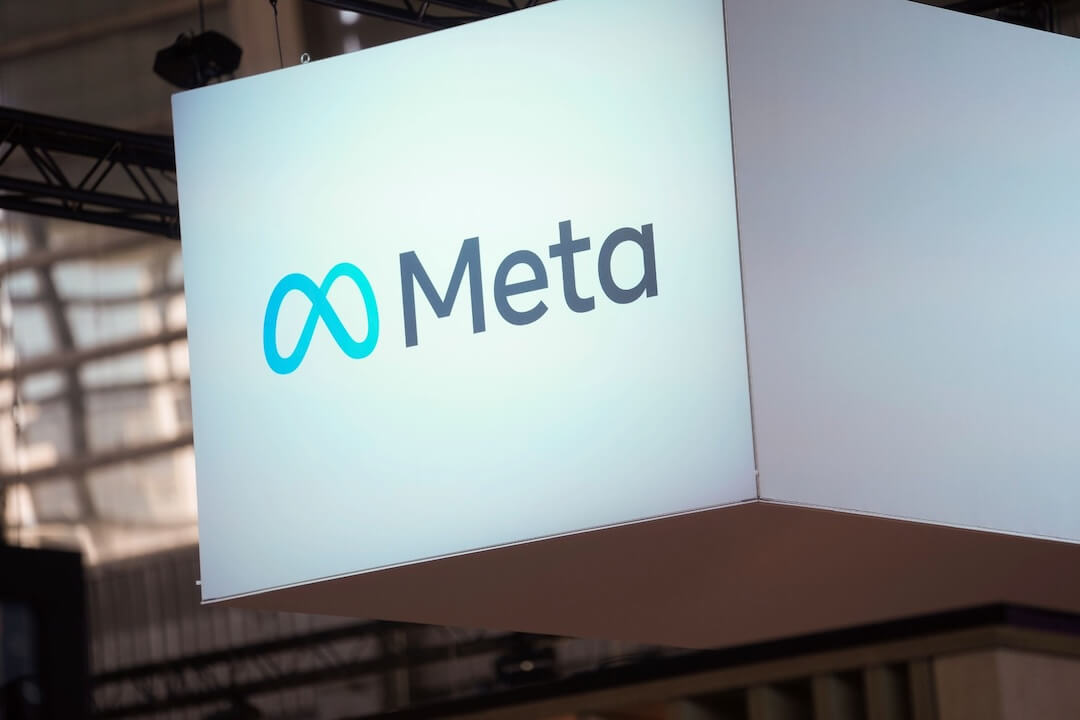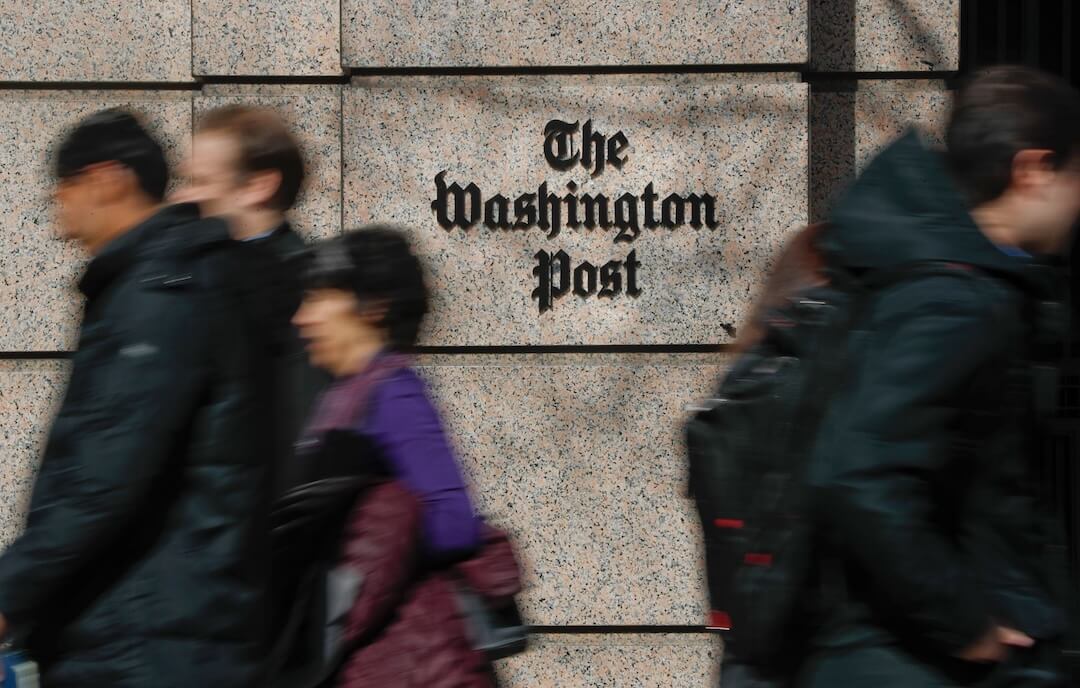The first official numbers are in on the Detroit newspaper experiment, showing declining readership and continued financial losses in a scenario that executives insist holds potential for turn-around in 2010.
By limiting home delivery to three days a week, Detroit executives say they’re much better positioned to survive Michigan’s disastrous economy and chart a future for the papers.
By the end of 2010, the Detroit Free Press and the Detroit News expect readers to provide 40 percent of their revenue, a dramatic increase from the traditional newspaper revenue split of 80 percent advertising and 20 percent circulation.
Figures to be released Monday will show circulation of the Sunday Detroit Free Press down 7.5 percent and sales of the Free Press and Detroit News off as much as 15 percent on some days during the week. The figures, provided by Janet Hasson, senior vice president for audience development and strategy, reflect the six months ending Sept. 30, compared with the same period in 2008.
For the period ending Sept. 30, 2008, the Free Press was selling 605,369 papers on Sundays, and the combined average five-day weekday circulation of the Free Press and News was 476,366.
On March 30 of this year, the papers cut home delivery to just Thursdays, Fridays and Sundays. The so-called Express Editions printed on the other four days are delivered to 18,000 stores and other locations around Michigan, but not to homes.
“We’re a lot better off having done this,” Free Press Publisher and Editor Paul Anger said in a telephone interview this week. “The idea of driving to the moon and back to deliver the paper, this far into the digital age, is pretty strange.”
Hasson said the papers are not yet making money but executives believe they can do so by the end of 2010.
Other headlines from the experiment so far:
- Advertising in the three home-delivered editions now account for 93 percent of the papers’ total print ad revenue.
- An Oct. 5 price hike for the daily paper — from 50 cents to $1 — has chased away 28 percent of single-copy buyers but has resulted in a net revenue gain.
- Usage of the papers’ special e-edition has held steady at about 30,000 users on days without home delivery.
- Combined traffic to the papers’ Web sites is up about 10 percent year over year.
Even before the shift, the Thursday, Friday and Sunday editions were generating 77 percent of the papers’ print ad revenue. But the 93 percent is significantly higher than the 80 percent executives projected would result from cutting home delivery on the other days.
“We have seen a shift,” said Hasson. “We started out with advertisers already favoring Thursday, Friday, Sunday — that’s why we picked those days [for home delivery]. And now there’s more movement to what we call the “power days” — they’re very valuable to the advertisers and to the readers.”
In an effort to sell more advertising through the week, Hasson said the papers are examining the demographics of the Express Edition audience to see what kind of ads, at what kind of prices, will work better.
More broadly, Anger and Hasson say they want to shift more of their overall revenue from advertisers to readers. The percentage of revenue contributed by circulation is higher than ever, Anger said, and needs to go higher still.
“There’s a fundamental change in the way advertisers are spending money and we need to be prepared for that,” Hasson in a telephone interview. “We are prepared. We’re deluding ourselves if we think advertising is going to come back [to earlier levels].”
She said the recent single-copy price hike is the first since 2003. Conversations with other circulation execs around the country encouraged her to “take the big leap” from 50 cents to $1 as opposed to a more incremental increase of, say, 25 cents.
The papers discontinued their $1 promotional price for the Sunday paper; that paper now costs $1.50 in the Detroit metro area and $2 elsewhere in Michigan.
Though the decline in single-copy sales has exceeded the 25 percent they projected, Hasson said she believes some of those customers will eventually return.
The papers imposed the price hike after the circulation reporting period ended, so the drop off in single copy sales will not be reflected in the numbers to be released Monday by the Audit Bureau of Circulation.
Hasson said she believes the 7.5 percent decline in Sunday sales “will be right in the pack” with other metro papers. “From what I hear,” she added, that [7.5 percent drop] is good.”
The reported numbers for the daily papers are complicated by the delivery cutbacks, with Thursday and Friday results inflated by 70,000 Sunday-only subscribers automatically added to the rolls as a result of the new Thursday-Friday-Sunday subscription plan.
And since e-edition readers are considered paid subscribers (access is included in the price of a subscription), circulation numbers for the Monday, Tuesday, Wednesday and Saturday papers are propped up by electronic “copies” that may not be viewed by readers. (Of course, there’s no guarantee that every print paper is read, either.)
“Advertisers value the number of visitors, not the number of copies,” Hasson said of the e-edition, stressing that the papers are working closely with their top 200 advertisers to get them the numbers they need.
Hasson and others were initially surprised by how many readers opted for an expensive ($30 a month) option to get the paper by same day postal delivery on Express days. The number has declined from about 6,300 to about 5,100, a market she described as largely “shut-ins or senior citizens.”
She said 557 readers are paying for the Free Press on Amazon’s Kindle, but acknowledged that the papers’ $3 a month cut for each one doesn’t add up to much.
More significant is the customer base for the e-edition, a PDF-style replica of the printed edition that enables readers to print and e-mail articles. Usage on days without home delivery has remained at about 30,000 from the first month of the new delivery plan. Page views of the e-edition can reach nearly 700,000 on those days, compared with 100,000 to 200,000 on days the paper is delivered.
The Detroit papers had hoped to introduce a new, more flexible interface for the e-edition by now, but those plans have been delayed and Hasson said she does not know when it will be ready.
In launching the plan in March, former Free Press publisher David Hunke said the papers would need to achieve positive cash flow by year’s end in order to be successful.
Asked about that goal Friday, Hasson said: “Who could have known, when Dave said that, what would happen with the ad market?” She said the papers believe they have a realistic plan to achieve positive cash flow by the end of 2010.
In a presentation last week to the Southern Newspaper Publishers Association, Anger and Detroit News Editor and Publisher Jonathan Wolman listed five next steps for the Detroit papers:
- Pursue ad revenue on a single-copy days.
- Get more revenue from selling content.
- Increase revenue digitally.
- Maintain a strong news report.
- Find more cost savings.
They also offered some “lessons from Detroit,” concluding with this one: “Don’t shed tears for print.”
The papers had to cut spending dramatically in such areas as fuel, ink and paper in order to preserve as much newsgathering capacity as possible, Anger said in the phone interview.
“Don’t be incremental,” he said when asked what advice he has for colleagues around the country. “Be bold. If you don’t survive in a way that’s meaningful, you’re no good to anybody.”






